What is one of the most commonly asked for accessories that a 4WD owner might consider before the really important stuff? Oh yes, that’ll be a snorkel.
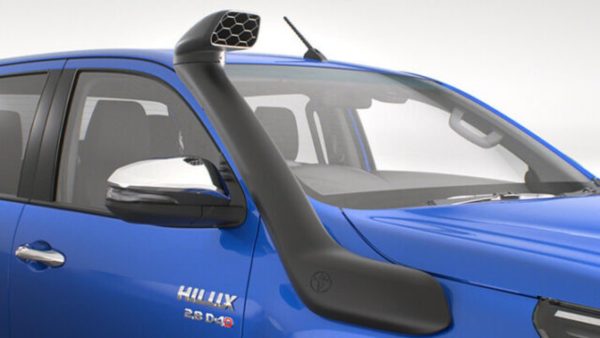
Snorkels. Great on a submarine, extremely dubious on a 4WD I reckon, as 4WDs make rotten submarines!
A common theme in conversations I read in online forums, where a new vehicle buyer is lining up their chequebook for a spending assault and seeking advice on the essentials, you’ll see responders tripping over themselves offering platitudes for snorkels.
They are one of those gadgets where a bit of folksy hearsay becomes legend and suddenly all the lemmings want to line up to jump off that cliff.
Plastic snorkels have been with us for likely near-fifty years. You can get ram-air heads or pre-cleaners on some that offer head interchangeability. That’s good for those serious 4WD operators looking for clean air because ram-airs are bad, pre-cleaners are good.
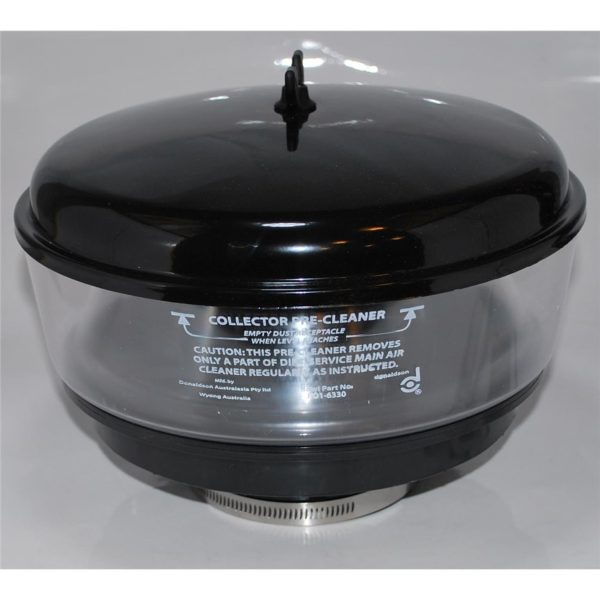
Back in the day, you’d see snorkels on commercial 4WDs being used in exploration and agriculture where dust was a big, big issue. Driving around in a dry paddock all day, or tackling kilometres of bulldust in search of a new mining tenement, present major challenges to engine longevity.
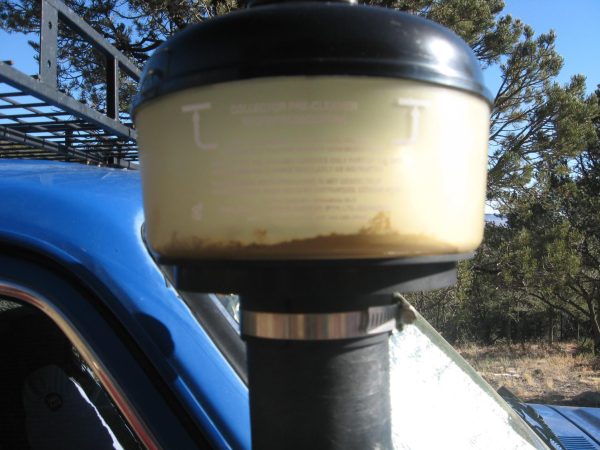
A mob called Donaldson came up with some great ways to deal with that dust before it got to the filter. Their bowl-type pre-cleaner had a clear inspection lid that allowed you to see how much sediment/debris you had trapped before it got down the neck and to the filter, by using a vortex effect to fling the debris to the outside of the bowl for collection. I’ve tipped out plenty in my time and that taught me that the old standard fib about drawing cleaner air from upstairs rather than from inside the guard was just that, a fib.
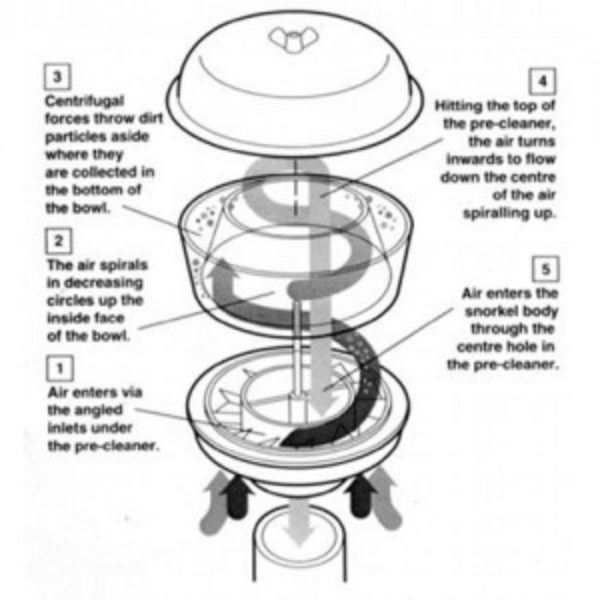
The bowl was brilliant but ugly, so rarely do you see them now on your average 4WD. Another illustration where fashion rules over function.
Back in 1998, I had a TF Rodeo, you know the one, Isuzu-built but Holden badged, with that brilliant 2.8L turbo-diesel. If they had clean air, clean fuel and fresh engine oil you couldn’t kill them, they’d go forever.
My local Holden dealer noted that my cars always had dirty air filters, yep dusty they were, but they always got blown out or replaced when unserviceable and in-between dealer services too. My dealer wanted to ensure the life of that ripper little engine remained strong, so they installed a snorkel with my blessing, based on that same old hearsay. Now, I’d had a couple of these utes beforehand (un-snorkelled) and they were used in similar country and clocked up big kays before I moved them on, so reliability up until that point was never an issue.
With barely 8,000kms on the clock, post-snorkel installation, the motor was toast, a couple of months-worth of doing what I usually do, the engine was errr, dusted. I kept up the regimen of pulling the filter out and blowing it out or replacing it, but it wasn’t enough, because more junk was being forced down its throat.
The other thing the vendors of these products will tell you is how good they are with dealing with deep water, you know when you’ve got your full outdoorsman-thing going and you’re fording rivers that are deeper than the bonnet. We can thank the idiot realm on TV for perpetuating this myth and that it’s OK to do it.
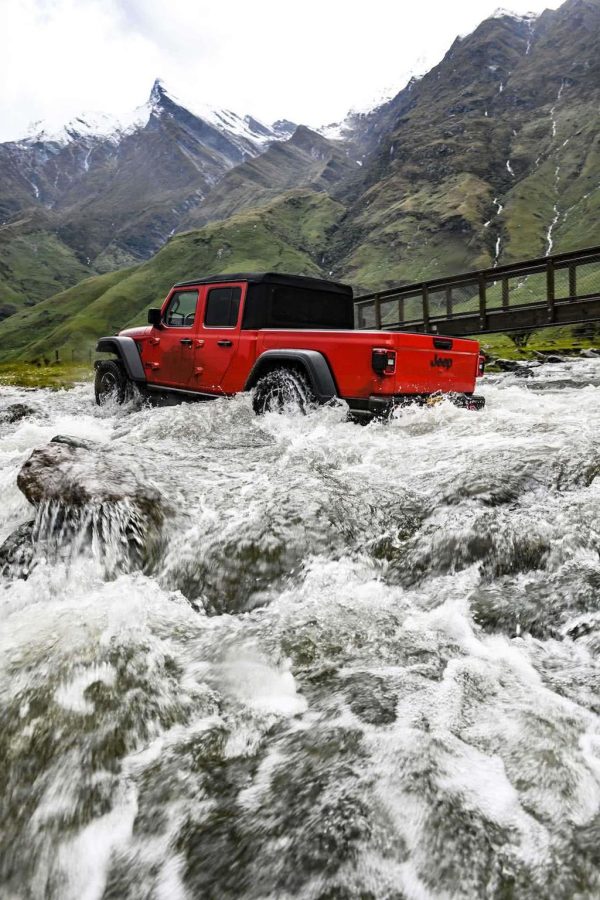
Water entering an engine is never OK, it’s the true meaning of the big bang theory and it’s expensive to fix because vehicle makers don’t warrant driver stupidity. Depending on your truck you’ll be talking anywhere between $15-40K for an exchange new motor, maybe more? If the vehicle is a write-off then you’ll want to be checking the fine print of your policy to see if there are any off-road exclusions.
In recent years there’s been a bit of an arms race for carmakers in claiming the deepest fording depth… 600mm, 650mm, 700mm and now a couple are claiming 800mm. What they don’t tell you is that at likely around 700mm your precious fourby will be fully afloat. That begs the question, what’s the point of a snorkel?

If the likely reliably safe-ish depth is axle height, snorkels are another one of those cods you don’t need.
Common sense arguments like this, however, haven’t slowed sales at all, in fact, I expect this little essay won’t dissuade too many, but it had to be said because the old plastic snorkel has recently morphed into the ultimate schlong and creating even more codpiece evil.
Going staino mate!
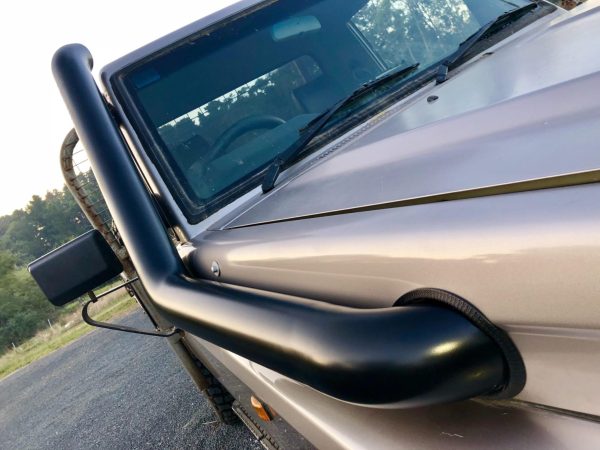
They are the modern, super-trendy expression of flaunting your 4WD apparatus, full-bore manhood and Tek-screwed brutally to your guard and roof pillar, boasting of up to four inches of engorged girth (and finished in a glossy black powder-coat or a brushed stainless look). That’ll really ram something down your throat!
I did a bit of reading on various maker’s websites to see what descriptions they were peddling in their quest to extract $1,000 from your wallet and this collection of paragraphs is pretty typical …
“Fitting a stainless-steel snorkel to your (insert vehicle name) allows you to take on much deeper and gnarlier water crossings that the Australian outback has to offer. The larger diameter intake of the snorkel increases the engine’s performance dramatically, which can make all the difference on tougher, more extreme tracks”.
“Crafted from the highest grade 316 stainless steel, our stainless snorkels are a great addition to any vehicle. The inlet’s rooftop position allows for a cleaner, cooler and dust-free air intake to the engine”.
“Available in brushed stainless steel and boasting a massive four-inch diameter, they are made locally in Australia to the highest standards”.
“On older 4×4 vehicles, the factory plastic snorkel is prone to brittleness and sun weathering. The harsh Australian sun, coupled with water damage can leave the plastic-looking haggard. The best thing about a stainless-steel snorkel is that you’ll never have to worry about its durability when it’s exposed to the elements”.
Stirring stuff! Makes me want to buy one now.
Here’s why I likely shouldn’t.
They’re bloody noisy. Get on the gas and you can’t help but notice the rush of air cannoning down that tube at ear level, it’s bad enough in a plastic OEM style snorkel, but a staino magnifies the resonance.
Colder air? I don’t think so. The ambient temperature will be the same as it enters the airbox via the guard or up by the windscreen top, but in the case of the staino, that air will likely be heated by a fair old degree or three, because steel sitting in the sun, even when air is rushing around it and especially so in summer, gets bloody hot!
The internet forum jockeys often ask why they get engine management lights in wet-weather or the car goes into limp-home mode? Your u-beaut staino might as well be a funnel in wet weather. Whilst the intake might be pointing to the rear, it is completely open to the elements and can’t help but suck moisture down to the airbox. The filter gets sodden and then airflow suffers.
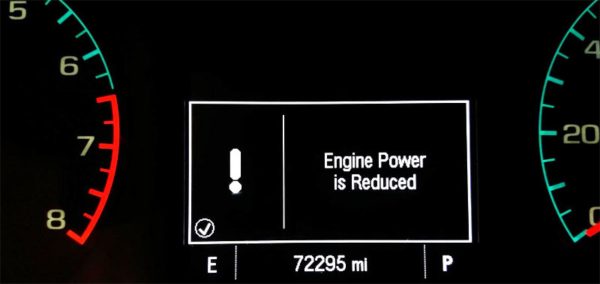
A ram-air head on a plastic snorkel at least has a collar designed to direct moisture away from the intake, but with the stainos I’ve seen there’s zero protection. Being steel, you can expect more condensation than other materials and left overnight in dank, cold air, whilst the vehicle is parked, the condensation will coalesce in the airbox. Not handy.
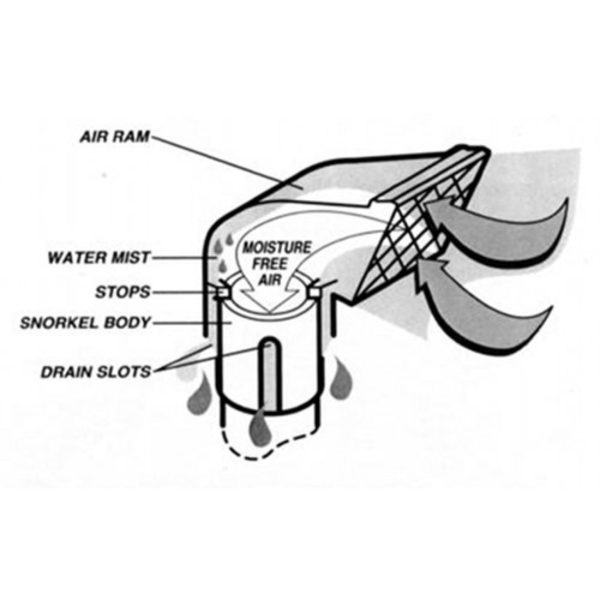
As modern 4WD design has put more emphasis on urban than rural, airboxes have lost the drain points they once had. Start a trickle in a storm and watch it fill the airbox faster than that piddly hole or rubber duck’s bill can let it out and before you know it your filter is drenched. There’ll be more debris in there too, the opening’s rudimentary laser-cut screen won’t filter out leaves, bugs and dust and all that muck will solidify in the bottom and gunk up the drain point.
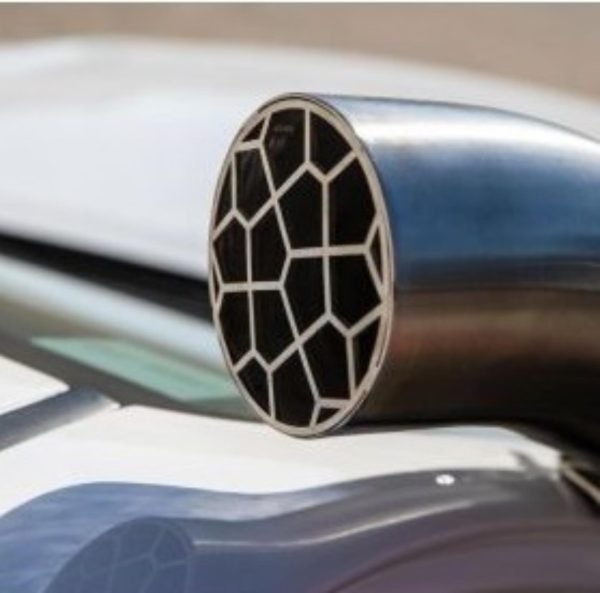
Some would argue that a sock-style filter might be stretched over the inlet and eliminate the problem, but my counter would be that you’ve just created a restriction and one that will need cleaning and regularly??? What’s the point?
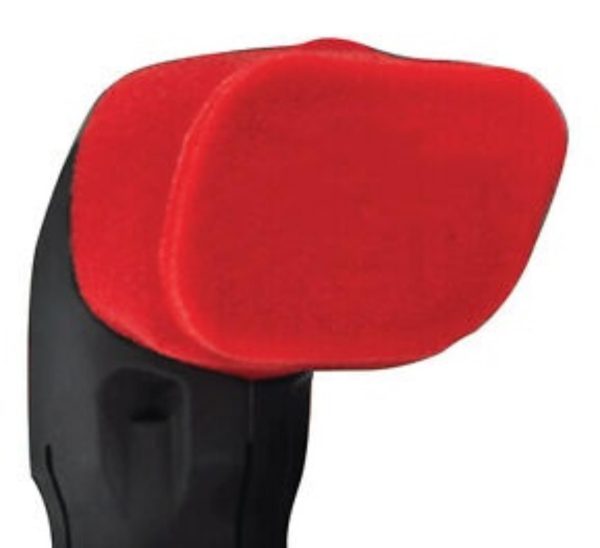
Why on earth would you part with some serious hard-earned on a product so compromised as this? Oh, that’s right, it looks good!
Really?
I think there’s been too much codpiece-holding going on in your household.
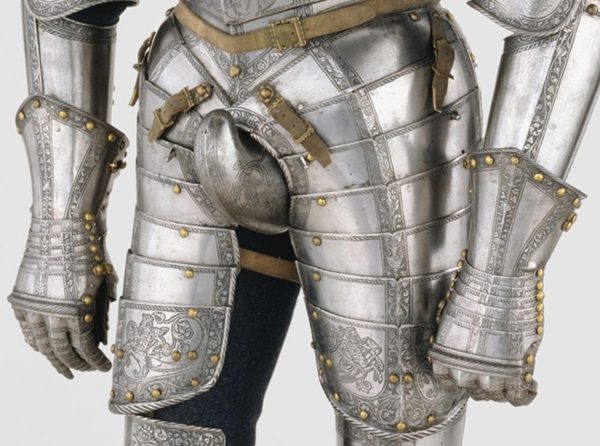
I apologise in advance to those fabricators around the country who make these for a living, but as a consumer with a keen eye on fact, stainos and snorkels don’t pass my pub test. They do however warrant entry into the Codpiece Hall of Fame! I present Codpiece #2 – The Staino Snorkel.
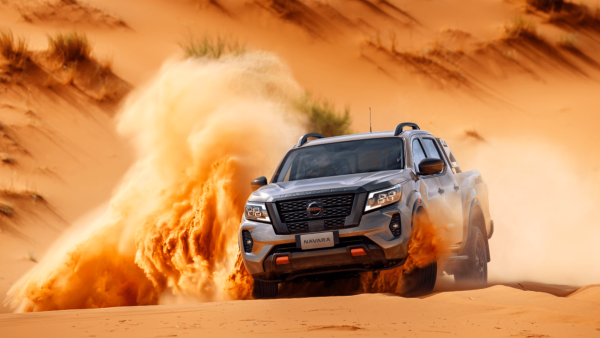





GIPHY App Key not set. Please check settings